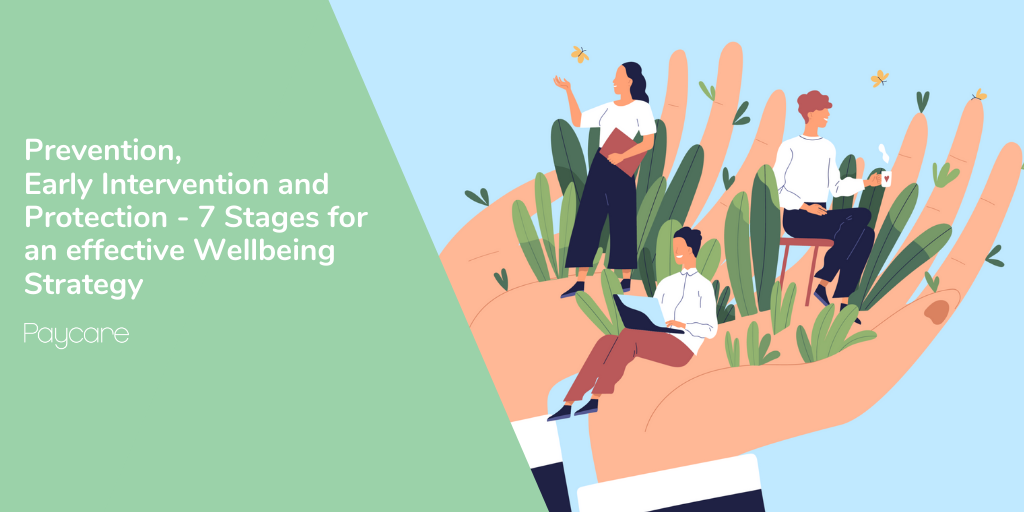Whilst no one plans to get sick or hurt, most people need medical care at some point. And with wellbeing a significant factor in determining whether people stay with their current job or look for something else, how do we – as employers – protect the emotional, mental, and physical wellbeing of our staff? It’s through an Effective Wellbeing Strategy…
Rather than treating a condition after it has progressed – impacting an employee’s productivity, health or even their ability to work, preventive care focuses on preventing disease and maintaining proper health. To look after your employees, and ensure you’re not only proactive when resolving health issues faced by your employees, but focused on making sure their wellbeing is a priority at all times, think about the following 7 points:
Flexibility 📆
Offering flexible working patterns can not only ensure staff are more productive, but more likely to feel less stressed and tired. What’s more, statistics show that people who work from home may clock up more hours (outside normal working hours), are more positive, feel more trusted by their employer and are more likely to not take unnecessary time off as a result of absenteeism.
Investment 💰
Spending money on health and wellbeing in the workplace is an investment in the longer term. For example, introducing healthy food in the canteen or installing bike racks to allow for those cycling to work, can encourage staff to engage in a healthy lifestyle and maintain healthy habits.
Staff Benefits 😍
From healthcare plans to discounted gym membership, wellness incentives can encourage employees to take better care of their health, and in return help increase motivation, productivity, and morale – perfect!
Education 💻
The workplace is one of the best environments to encourage a healthy lifestyle, so whether it’s informative posters around the office or actual wellbeing seminars, staff can take the tips they’ve learnt at work and implement them at home too.
Monitoring 📈
Make sure you monitor your staff and know when they’re not their usual self. Whether they’re overworked, stressed, or on the brink of an illness, introducing measures to spot early signs and prevent this, is far better than cure.
Training 📚
Train senior level staff members to know the signs of staff anxiety in the workplace and encourage them to be proactive when it comes to supporting employees who may be under pressure or feeling vulnerable.
Lead by Example 🙌
It’s all very well encouraging a healthy lifestyle, but make sure it’s something you implement too if you haven’t already. Your employees won’t take it seriously if you don’t. Your health and wellbeing is just as important – how are you going to take care of your team if you aren’t in tip top shape?
We’ve all heard the saying: prevention is better than cure, so it should come as no surprise that an effective wellbeing strategy should be based around the three key pillars of prevention, early intervention, and protection. To learn more about how your business can develop and implement an effective wellbeing strategy, download our Workplace Wellbeing Brochure or head to our Wellbeing Strategy Page. 📈🍏🙌

